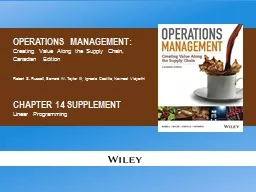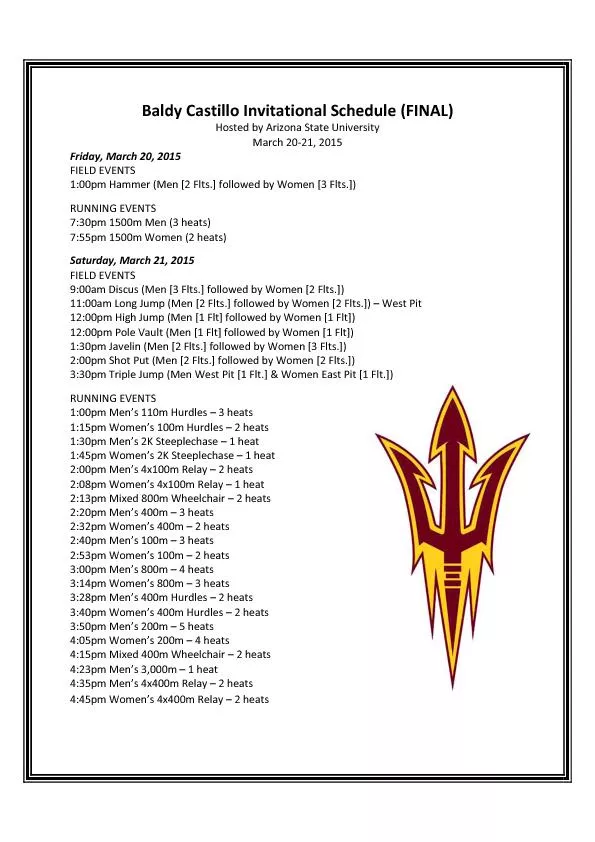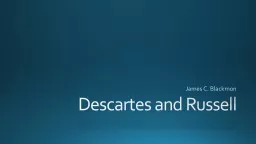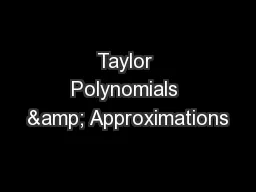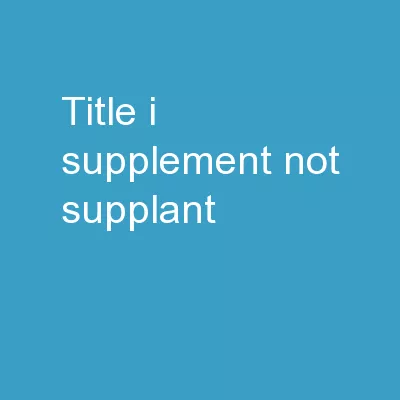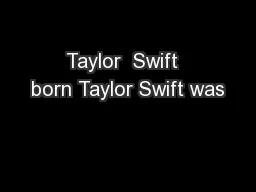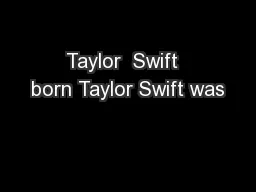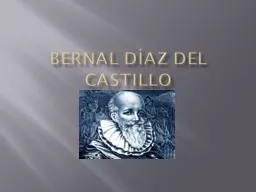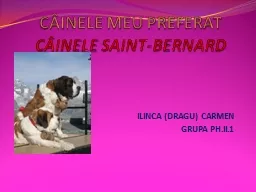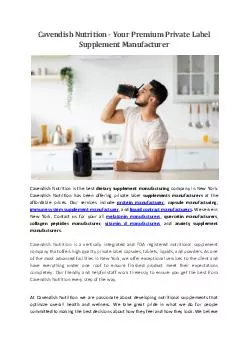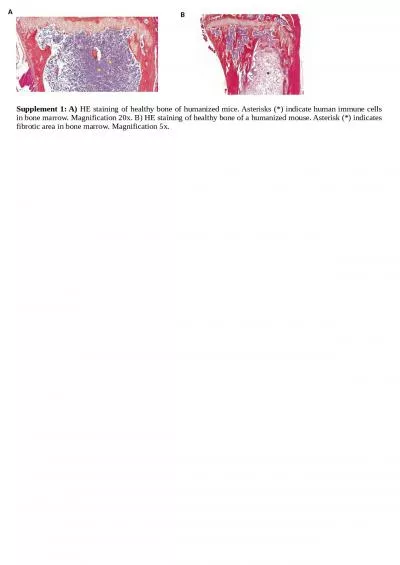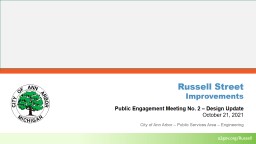PPT-Supplement 14- 1 Robert S. Russell, Bernard W. Taylor III, Ignacio Castillo,
Author : natalia-silvester | Published Date : 2018-02-16
Navneet Vidyarthi CHAPTER 14 SUPPLEMENT Linear Programming OPERATIONS MANAGEMENT Creating Value Along the Supply Chain Canadian Edition Lecture Outline Model
Presentation Embed Code
Download Presentation
Download Presentation The PPT/PDF document "Supplement 14- 1 Robert S. Russell, Bern..." is the property of its rightful owner. Permission is granted to download and print the materials on this website for personal, non-commercial use only, and to display it on your personal computer provided you do not modify the materials and that you retain all copyright notices contained in the materials. By downloading content from our website, you accept the terms of this agreement.
Supplement 14- 1 Robert S. Russell, Bernard W. Taylor III, Ignacio Castillo, : Transcript
Download Rules Of Document
"Supplement 14- 1 Robert S. Russell, Bernard W. Taylor III, Ignacio Castillo, "The content belongs to its owner. You may download and print it for personal use, without modification, and keep all copyright notices. By downloading, you agree to these terms.
Related Documents

